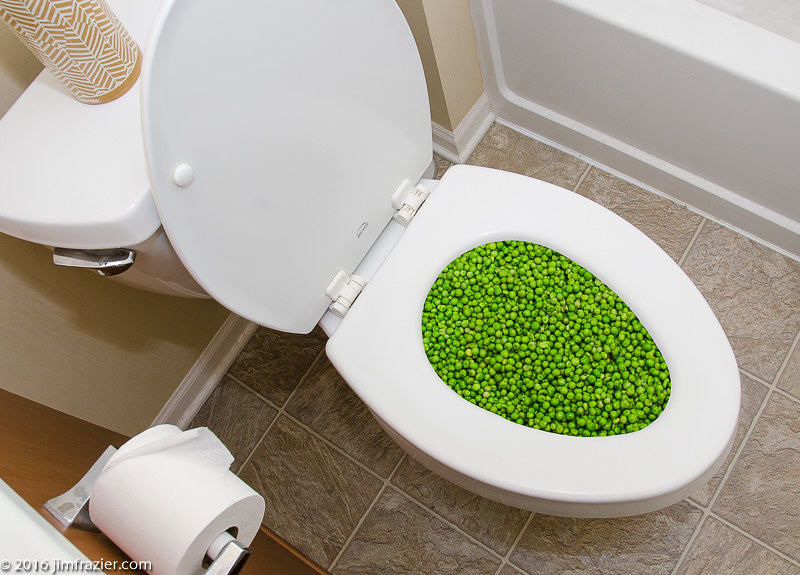Are You Capable to Flush Food in the Toilet?
Are You Capable to Flush Food in the Toilet?
Blog Article
In this article down the page you can get more good quality points involving Is it safe to flush food (especially rice) down the toilet?.

Introduction
Lots of people are often confronted with the problem of what to do with food waste, specifically when it comes to leftovers or scraps. One typical inquiry that arises is whether it's okay to flush food down the commode. In this post, we'll explore the reasons why individuals may think about purging food, the effects of doing so, and different techniques for proper disposal.
Reasons that people could think about flushing food
Absence of awareness
Some people may not understand the potential damage triggered by purging food down the toilet. They might mistakenly believe that it's a safe practice.
Comfort
Purging food down the toilet may feel like a quick and very easy solution to throwing away undesirable scraps, especially when there's no nearby trash can readily available.
Idleness
In some cases, people may simply choose to flush food out of sheer negligence, without thinking about the consequences of their activities.
Consequences of flushing food down the toilet
Environmental effect
Food waste that ends up in waterways can add to air pollution and damage aquatic communities. Additionally, the water made use of to flush food can stress water resources.
Pipes problems
Purging food can result in clogged pipelines and drains, creating expensive pipes repair work and aggravations.
Types of food that should not be flushed
Coarse foods
Foods with coarse textures such as celery or corn husks can get tangled in pipes and cause blockages.
Starchy foods
Starchy foods like pasta and rice can take in water and swell, bring about blockages in pipes.
Oils and fats
Greasy foods like bacon or food preparation oils ought to never be flushed down the bathroom as they can solidify and trigger obstructions.
Proper disposal methods for food waste
Using a garbage disposal
For homes geared up with garbage disposals, food scraps can be ground up and flushed via the pipes system. Nevertheless, not all foods are suitable for disposal in this way.
Recycling
Certain food product packaging products can be recycled, reducing waste and minimizing environmental influence.
Composting
Composting is an eco-friendly way to deal with food waste. Organic materials can be composted and made use of to improve dirt for horticulture.
The value of appropriate waste administration
Decreasing ecological injury
Proper waste monitoring practices, such as composting and recycling, help lessen air pollution and preserve natural resources for future generations.
Securing pipes systems
By avoiding the practice of flushing food down the commode, homeowners can prevent expensive pipes repair work and preserve the stability of their plumbing systems.
Conclusion
To conclude, while it might be alluring to flush food down the bathroom for convenience, it's important to understand the potential consequences of this action. By adopting correct waste monitoring methods and taking care of food waste properly, individuals can contribute to much healthier plumbing systems and a cleaner environment for all.
THINK TWICE BEFORE FLUSHING FOOD DOWN YOUR TOILET IN FALLBROOK CA
Let’s be honest, we’re really supposed to be tossing rotten or leftover food in the compost bin or trash can. But many people like to place scraps of food down the drain of, say, their kitchen sink. That’s why the garbage disposal was invented: so we can continue to place certain foods down the drain without clogging our drain in the process. Smart.
But not all of us have the luxury of having a garbage disposal installed. So, you might continue to shove food down your sink drain anyway – or worse: you might flush them down your toilet! If you’re guilty of doing the latter, you’re going to want to stop, and here’s why:
Toilet Drains Aren’t Designed to Handle Food!
There’s your answer: food just doesn’t belong in your toilet. It may seem like your toilet drain is wider than the drains of your sinks, but truth be told, that isn’t actually the case. The narrower pipes of your toilet leave your plumbing at risk for clogging if you do happen to flush your food. In addition, food doesn’t break down as quickly that toilet paper and human waste do. In turn, this leaves your toilet at risk for a nasty clog.
Although a flush of a tiny pinch of food every now and then isn’t going to completely damage your toilet, there are certain foods that should absolutely not be flushed in your toilet at all. These include starchy foods like mashed potatoes, grains, hard pieces of food that are slow to break down, and fats and oils.
The latter categories of food are particularly problematic as they may harden, expand as they absorb water, break down slowly in your system, or generally create the perfect obstruction with their gelatinous composition. These are all things you don’t want in your plumbing system!
Experiencing a Toilet Clog?
Nobody’s perfect, and we all make mistakes. Sometimes one of the mistakes people make is flushing food down their toilet and later realizing that it wasn’t the best thing to do once they see that their toilet is now clogged. Uh-oh!

As a keen reader on Flushing Food Down the Toilet?, I assumed sharing that excerpt was a good idea. I beg you take a moment to distribute this article if you liked it. Thank you for your time. Please come visit our site back soon.
Customer Reviews Report this page